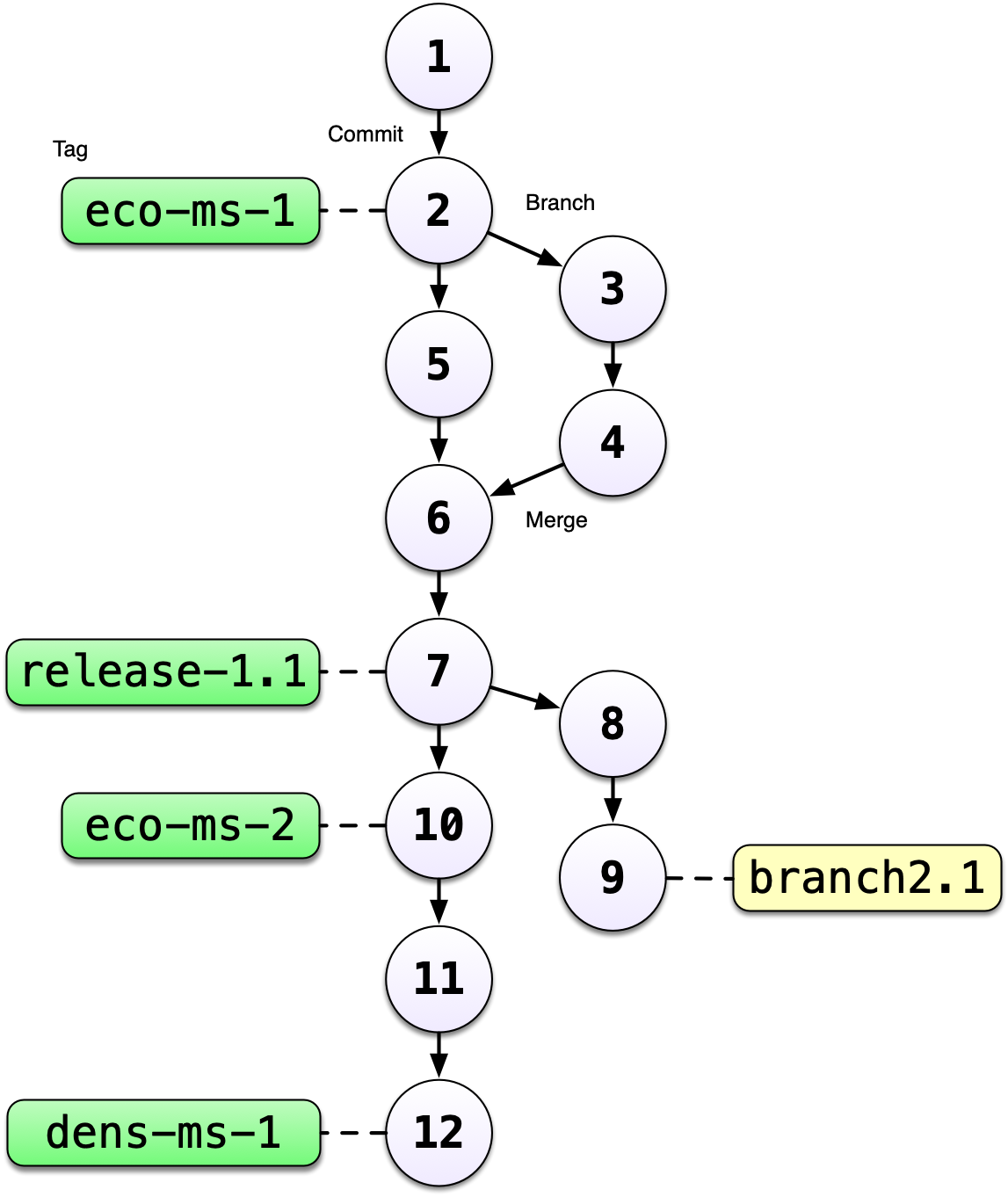10 Collaborating using Git
10.1 Learning Objectives
In this lesson, you will learn:
- New mechanisms to collaborate using git
- What is a Pull Request in Github
- How top contribute code to colleague’s repository using Pull Requests
- What is a branch in git
- How to use a branch to organize code
- What is a tag in git and how is it useful for collaboration
10.2 Pull requests
We’ve shown in other chapters how to directly collaborate on a repository with
colleagues by granting them write privileges as a collaborator to your repository.
This is useful with close collaborators, but also grants them tremendous latitude to
change files and analyses, to remove files from the working copy, and to modify all
files in the repository.
Pull requests represent a mechanism to more judiciously collaborate, one in which a collaborator can suggest changes to a repository, the owner and collaborator can discuss those changes in a structured way, and the owner can then review and accept all or only some of those changes to the repository. This is useful with open source code where a community is contributing to shared analytical software, to students in a lab working on related but not identical projects, and to others who want the capability to review changes as they are submitted.
To use pull requests, the general procedure is as follows. The collaborator first
creates a fork of the owner’s repository, which is a cloned copy of the original
that is linked to the original. This cloned copy is in the collaborator’s GitHub
account, which means they ave the ability to make changes to it. But they don’t have
the right to change the original owner’s copy. Pull requests are a mechanism for someone
that has a forked copy of a repository to request that the original owner review and
pull in their changes. This allows them to collaborate, but keeps the owner in control of
exactly what changed.
10.2.1 Exercise: Create and merge pull requests
In this exercise, work in pairs. Each pair should create a fork of their partner’s
training repository, and then clone that onto their local machine. Then they can make changes
that forked repository, and, from the GitHub interface, create a pull request that the
owner can incorporate.

